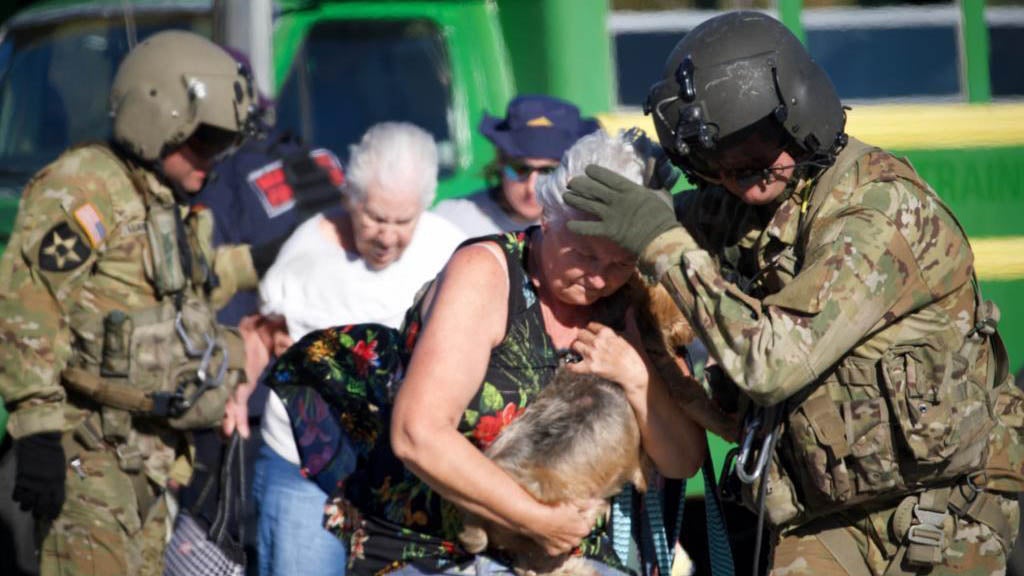National Guard Hones Disaster Response Capabilities
National Guard Hones Disaster Response Capabilities

As the nation continues to experience stronger storms and more frequent natural disasters, the demand for National Guard assistance has increased, leaders from the component said.
“In the post-Katrina environment, the goal is not to be late to need,” said Brig. Gen. Jonathan Beddall, vice director of the National Guard Bureau’s Joint Operations Center, referring to the August 2005 hurricane that devastated New Orleans and swaths of the southeastern U.S.
“As the repetitions and sets of activities become more frequent, and our procedures become more refined, we’re able to respond more and more quickly,” Beddall said.
Today, more than 8,000 soldiers in the National Guard are engaged in homeland and domestic operations throughout the country, Beddall said May 23 during a media roundtable on the Guard’s preparations for natural disaster response.
Despite the uptick in demand for the Guard, its preparedness level has remained steady. “On any given year, we do what we can to be ready,” Beddall said. “We meet annually in order to forecast requirements and develop sourcing solutions for those requirements, and we continue to refine on the fringes until there’s something more drastic that we need to plan for.”
In 2022, more than half of the National Guard’s 450,000 members were involved in natural disaster response, according to a National Guard press release.
The Guard continues to refine its disaster response to ensure that it can respond as quickly and effectively as possible, Beddall said, citing 2014 and 2015 wildfires in his home state of Washington as an example.
“It’s a combination of technology with tactics, techniques and procedures,” Beddall said. “So, instead of waiting until the fire grows to a certain size before you begin bringing state assets to the fire, … you do a direct attack [that is] fast, quick and in a hurry with as much as you can throw at it in order to prevent the spread.”
The Guard’s commitment to providing trained and ready soldiers remains “strong,” Beddall said.
“We are uniquely positioned, being that we’re in all 2,400 communities across the [54] states and territories,” he said. “We … work and live in these affected communities … [and] we are committed to serve our communities for as long as we’re needed.”

